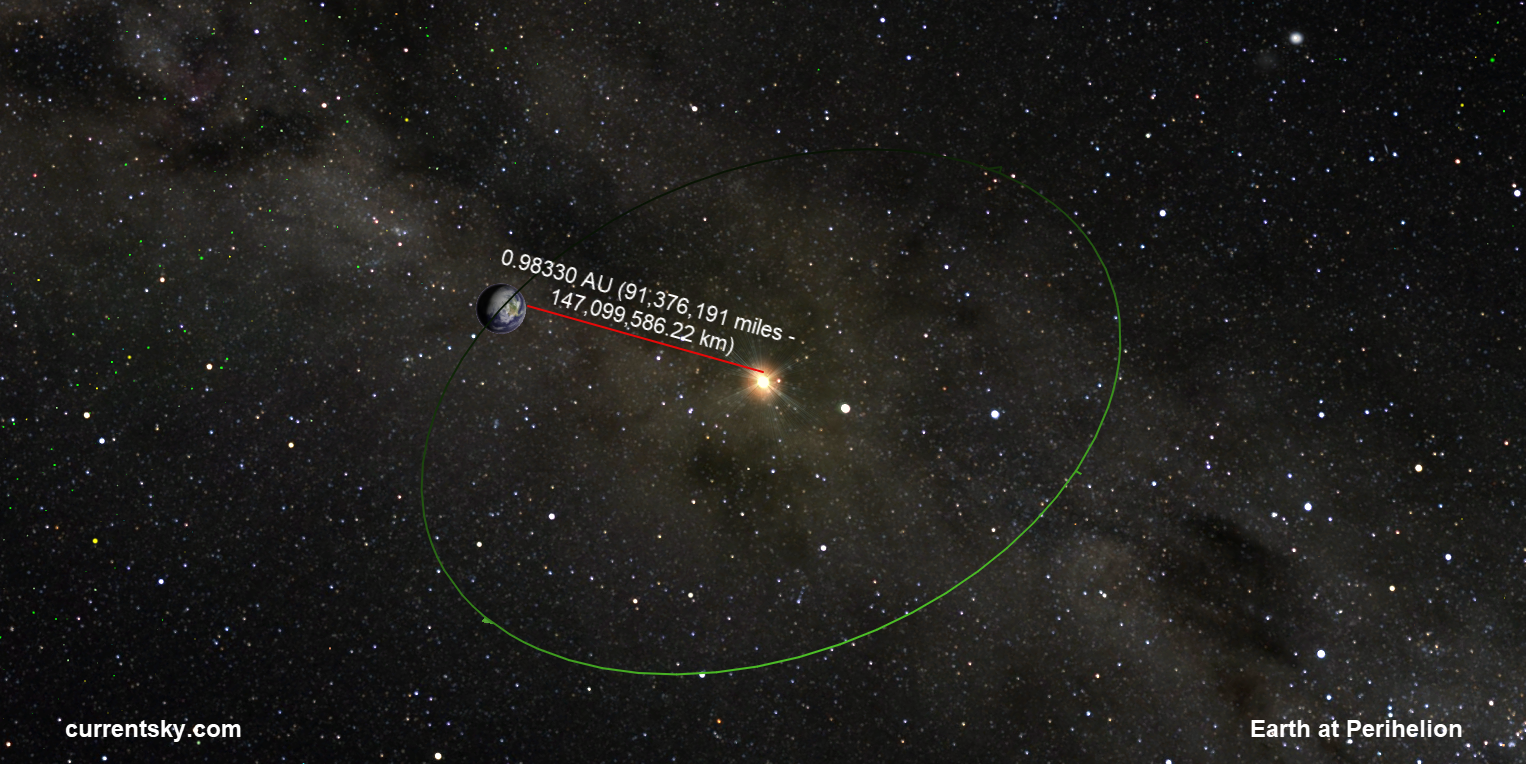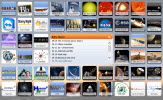Volume 31 Issue 1
January 2025
January 2025
Month at a Glance:
This month planet viewing is divided between Mercury as the lone morning planet, and the other visible planets visible after sunset. One of the highlights of the new year could be the Quadrantid meteor shower is a spectacular annual celestial event that occurs every January. It’s known for its bright, fireball-like meteors, which can create stunning streaks across the night sky.
The shower peaks around January 3rd to 4th, but it has a relatively short peak period compared to other meteor showers—lasting only a few hours.
What makes the Quadrantids unique is their potential for producing over 100 meteors per hour at their peak, given ideal viewing conditions. The meteors originate from a section of the sky once occupied by a now-defunct constellation called Quadrans Muralis, hence the name “Quadrantid.” The parent body of the Quadrantid meteors is believed to be the asteroid 2003 EH1, which might be a piece of a comet that broke apart several centuries ago.
Where to look?
Look towards the northeastern sky and locate the Big Dipper (Ursa Major) and follow the handle’s arc to the bright star Arcturus in Boötes. The radiant is just above this area, near the constellation Draco
Click here for the month at a glance calendar.
What is this? "It's a prediction of when Lees Summit, MO, will have good weather for astronomical observing." Click on the graphic to go to the Clear Sky web site.
This month planet viewing is divided between Mercury as the lone morning planet, and the other visible planets visible after sunset. One of the highlights of the new year could be the Quadrantid meteor shower is a spectacular annual celestial event that occurs every January. It’s known for its bright, fireball-like meteors, which can create stunning streaks across the night sky.
The shower peaks around January 3rd to 4th, but it has a relatively short peak period compared to other meteor showers—lasting only a few hours.
What makes the Quadrantids unique is their potential for producing over 100 meteors per hour at their peak, given ideal viewing conditions. The meteors originate from a section of the sky once occupied by a now-defunct constellation called Quadrans Muralis, hence the name “Quadrantid.” The parent body of the Quadrantid meteors is believed to be the asteroid 2003 EH1, which might be a piece of a comet that broke apart several centuries ago.
Where to look?
Look towards the northeastern sky and locate the Big Dipper (Ursa Major) and follow the handle’s arc to the bright star Arcturus in Boötes. The radiant is just above this area, near the constellation Draco
Click here for the month at a glance calendar.

What is this? "It's a prediction of when Lees Summit, MO, will have good weather for astronomical observing." Click on the graphic to go to the Clear Sky web site.

Mercury is visible in the morning skies rising 1-2 hours before the Sun rises. This innermost planet reaches western elongation around mid-month and will remaiin visible throughout the month.
Venus, like Mercury, will be visible as a morning planet rising ahead of the Sun, by several hours. Venus will remain visible for the entiree month.
Mars is visible above the eastern horizon rising 1-2 hours before the Sun rises. Watch for a close conjunction between Mars and Mercury on the 27th and 28th.
Dwarf Planet Ceres rises a few hours before the Sun rises but with anapparent magnitude ove 8.0 seeing this Dwarf Planet would require some optical assistance. On the mornings of the 15th to the 17th watch for Venus to pass within a degree from Ceres.
Jupiter ends its retrograde motion and resumes eastward, or prograde, motion across the stars of Aries the Ram.
Saturn is visible over the southwest horizon at sunset local time and will remain visible above the horizon through out this month.
Uranus will be a few degrees east from Jupiter and with an apparent magnitude of less than 6.0 Uranus may be visible to the unaided eye in dark enough skies.









